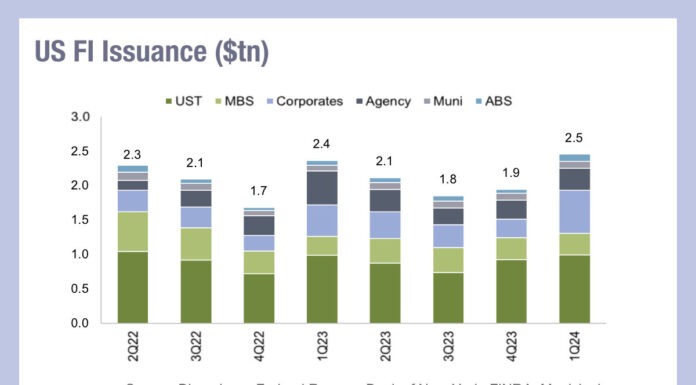By Shobha Prabhu-Naik.
Europe’s revamped Markets in Financial Instruments Directive (MiFID II) legislation MiFID II carries ideas from the equity markets into other markets but “it would be very hard and inadvisable to take lessons from the equity market to the credit market” says Neil Hamburger, executive director at JP Morgan.
Speaking about MiFID II at the Fixed Income Market Structure Advisory Committee (FIMSAC) Meeting on the 16 July 2018, he said, “MiFID [II] is split in half. It is split into equities and non-equities. Any rule which starts with this kind of dichotomy shows that you are aware but have some way to travel in your journey for an understanding and appreciation of diversity”.
He added that traders should be very cautious of markets being forced down any one avenue which may not be appropriate for certain instruments at certain times. He said, “We should be in favour of encouraging an organic diverse ecosystem within the markets rather than mandating one specific direction”.
His sentiments were supported by Michael Surowiecki, executive vice president of Portfolio Management at PIMCO who commented that there is a unique challenge of pre-transparency as defined by MiFID as opposed to the way the market views it.
Referring to the way the European regulator defines liquid and illiquid bonds, Surowiecki said, “Whilst the definitions work reasonably well, there are some cases where they do not”. He recommended that for the future, when “tasked with designing similar rules, be mindful of how they might be at odds in certain cases with how the market perceives actual liquidity”.
He added that there has been no consideration as to the duration risk of the bonds. He said, “One million dollars in a one-year bond gets the same treatment as one million dollars in a hundred-year bond…. If you were to design similar rules perhaps consideration could be given as to the difference in duration between different maturity bonds”.
These comments follow criticism of MiFID II since it came into effect on the 3 January this year. The legislation, which was designed to offer greater protection for investors and inject more transparency into all asset classes, has seen European traders question the extra transparency that it has brought to the markets in the last six months.
Mark Yallop, chair of the Fixed Income, Currencies and Commodities or FICC Markets Standards Board (FSMB), also commented on the challenges that MiFID II faces. He acknowledged, “Everybody whose worked in Europe knows that it is foolish to bet against the resilience of the European authorities or their determination to see a project through to its completion” but added that “with a blank sheet of paper… I personally would not have embarked on a highly prescriptive approach to defining a transparency.”
©TheDESK 2017






















